Indeed, American historian Silvio Bedini, who wrote the definitive biography of Bann-eker, notes that “considerable confusion” exists among writers concerning Banneker’s role in the survey of our federal city. Nevertheless, we can still look to the stars this month and imagine something “capital” about them.
Banneker’s role
Banneker’s assignment was to assist Maj. Andrew Ellicott, whom President George Washington appointed as the head of a six-man team. First observations commenced February 11, 1791, and Banneker was the principal observer. Ellicott tasked him mainly with determining the starting point of the survey and maintaining a clock that could relate points on the ground to the positions of the stars at specified times.
Banneker made observations of “about a half-dozen different stars crossing the meridian at different times during the night, and the observations were repeated a number of times,” Bedini says.
Exposure to inclement weather, especially the cold, took its toll on 60-year-old Banneker, who often would stay up all night, making observations — until he fell ill and returned home probably in late April 1791.
A parade of bright stars crossed the south meridian during Banneker’s stay, including Regulus (Alpha [α] Leonis), Spica (Alpha Virginis), and Arcturus (Alpha Boötis). According to David Ovason, author of Lost Symbols? The Secrets of Washington DC, this seems “to reflect the central triangle in the plan of Washington, D.C.” (the Capitol Building, the White House, and the Washington Monument).
Alas, none of these stars passes directly over the city at any time, and not any of Ovason’s suggested celestial and terrestrial triangles match up upon projection. Still, people wonder if Banneker saw these three stars as fitting symbols of our nation’s capital. Could anything have fueled his imagination?
Capital triangle?
Nicolas Copernicus named Regulus (the Little King) from the belief that it “ruled the affairs of the heavens” — a fitting symbol, as our nation’s government has political authority to rule over the actions and affairs of the people. Regulus also leads Arcturus and Spica across the heavens. Arcturus (the Bear’s Guard) escorts the Great Bear around the North Celestial Pole. This might symbolize the flow of cosmic justice throughout the night, just as our government keeps watch over its flock and reigns supremely over any injustice. And finally, there’s Spica (Ear of Grain), a just symbol of our nation’s health (amber waves of grain).
Banneker’s attention could have been drawn to this trio of stars by Jupiter, which lay about midway along a line between Regulus and Spica in Virgo, whom we see in a classical dress holding an ear of grain. I mention the description of Virgo because the original design of the Statue of Freedom atop the Capitol Building was a female in a classical dress holding an ear of wheat.
So rather than trying to force stars onto Earth, all one has to do this month is look east around 9 p.m. and see the three capital stars that Bann-eker must have seen (if not measured and identified) in his nightly transit surveys of our nation’s capital.
As always send all of your thoughts to sjomeara31@gmail.com.


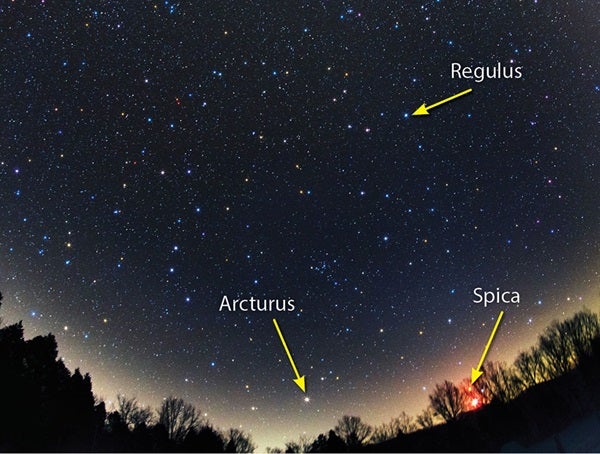
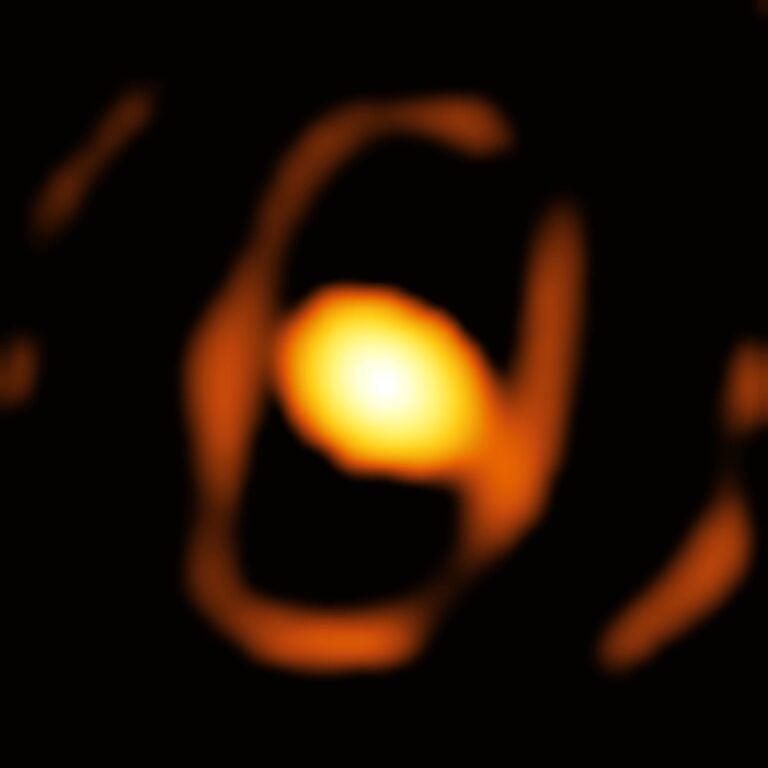


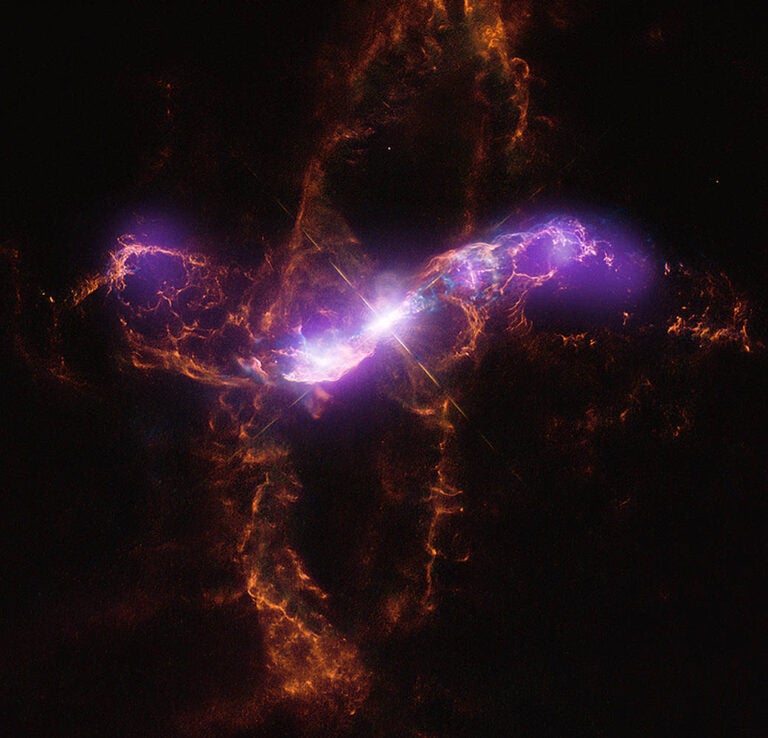
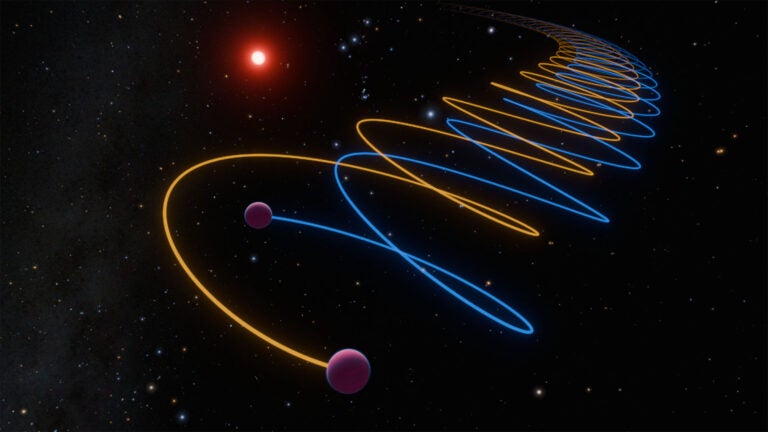
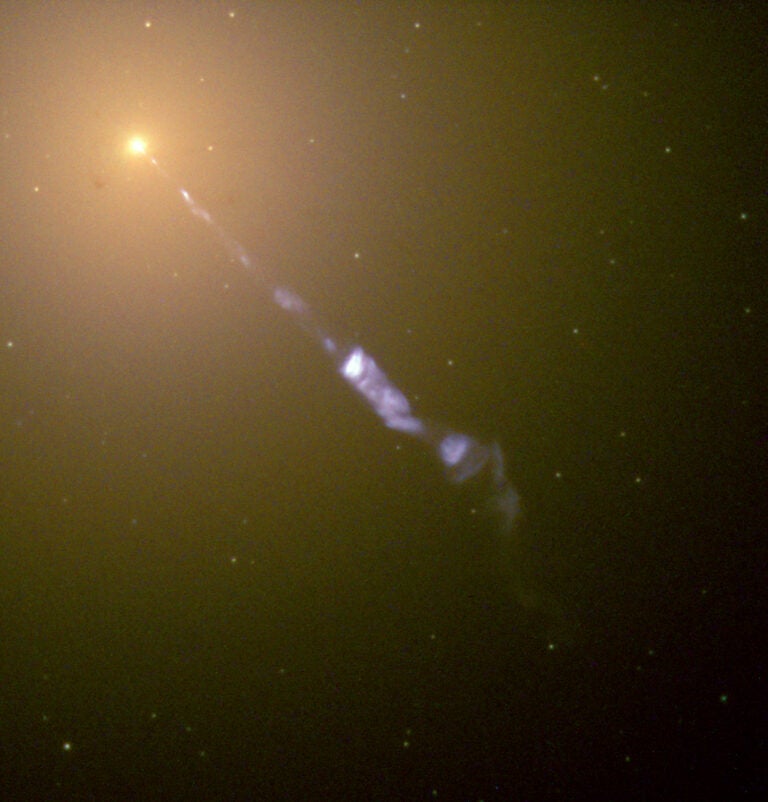


![Albireo (Beta [β] Cygni) is a classic example of a double star with contrasting colors.](https://www.astronomy.com/uploads/2024/08/Albireo.jpg)